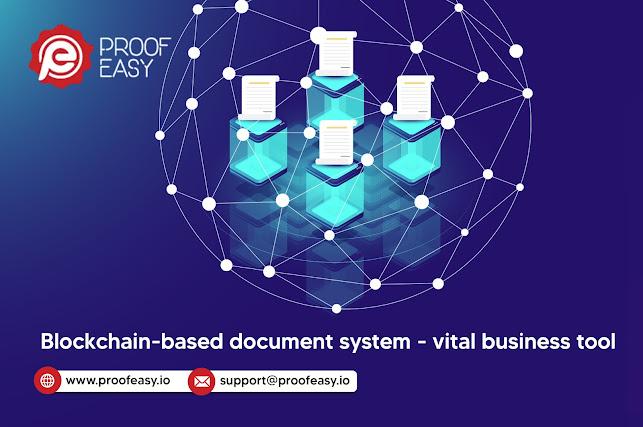Everything You Need to Know About QR Codes
Ever
since QR code was developed in the year 1994, the capabilities of this
two-dimensional technology has evolved. Initially, it was used for offering
links to product information, over the years, it has developed and used for
carrying out a range of operations.
In
fact, QR codes are also integrated with high-end technologies such as Blockchain Technology to offer a more sophisticated solution. But how well do you know
about this matrix barcode?
Keep
reading till the end to learn all things essential about QR code.
What is a QR Code?
QR
code is abbreviated from Quick Response Code and it was originally developed by
a Japanese automotive components company called Denso Wave. The QR code works
similarly as barcode but it operates in a much faster response and that is
within a matter of few seconds.
Also,
QR codes are able to hold a wider range of information because of its
two-dimensional axis unlike barcodes which are one-dimensional. It can be
accessed by any smartphone camera and does not require any special embedded
devices.
The Working Mechanism of QR Code
A
QR Code has black dots and squares arranged in a square grid with most commonly
a white background. Each QR code is unique and can be processed with the help
of Reed-Solomon error correction that are most probably present in our
smartphone cameras.
The
user will only need to open their mobile camera and position it over the QR
code. The camera will detect and automatically interpret the code and display
the content that is linked with the QR code. The data is stored in the format
of numeric, alphanumeric, byte/binary and kanji.
QR
codes are used for a wide range of applications for instance, document
identification, time tracking, linking data, product tracking and more. The
current pandemic situation has pushed industries to use this technology for
contactless access as well.
The Perks of QR Code
The
use of QR code has exploded ever since the pandemic hit the world. With its
array of perks, it offers more convenience to users around the world. Some of
the most common benefits of QR code usage are –
User
Convenience – QR code can be scanned simply by the use of a smartphone
camera and does not involve any tech-savvy way to interpret the information
linked to it.
Compact
in Size – QR codes are small in size. Therefore, it doesn’t require
large space to be added and used in any media, making it super convenient for
everyone.
High
Storage Capacity – QR codes are able to store quite a good amount
of information. Generally, a QR code can store as much as 4296 characters and
7089 digits. The data can be stored in varied formats such as image, text,
video, URL and more.
We
at ProofEasy offer QR code enabled document solutions that makes the entire
process of accessing, sharing, authenticating and securing documents
hassle-free. Get in touch with our expert support team for more details of our
solutions.




Comments
Post a Comment